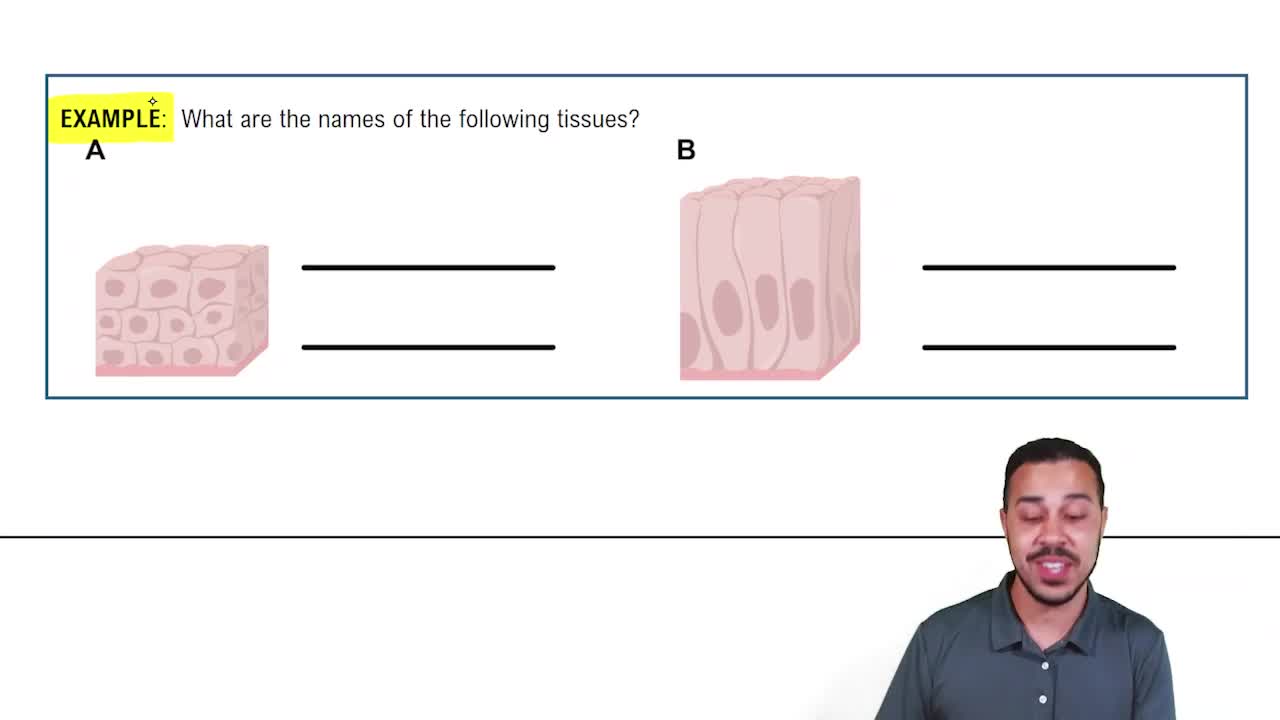Name the specific connective tissue type found in the following body locations:
a. Forming the soft packing around organs
b. Supporting the ear pinna
c. Forming 'stretchy' ligaments
d. First connective tissue in the embryo
 Verified step by step guidance
Verified step by step guidance Verified video answer for a similar problem:
Verified video answer for a similar problem:



 3:40m
3:40mMaster Intro to Connective Tissue with a bite sized video explanation from Bruce Bryan
Start learning